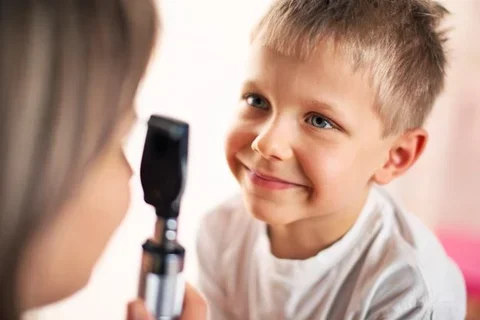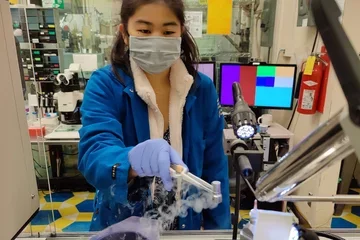Sensation and Perception Not as Accurate as Once Believed
Research Spotlight

Health News: Research Shows That Vision and Hearing Aren't Always Reliable
People's ability to locate objects — whether to navigate, find food or avoid obstacles — is essential to survival. Knowing that, scientists have assumed sensation and perception related to this ability would be accurate, but it's surprisingly not.
A study by UCLA researchers found that vision and hearing aren't as reliable in spatial localization as once thought. Their work was published in PLoS Computational Biology in December.
Why the Senses Are Flawed
Researchers Brian Odegaard, PhD, David Wozny, PhD and Ladan Shams, PhD examined results from 384 people in the largest study to date evaluating sensory bias. Participants aged 18 to 55 sat in a dimly lit room and looked at a black screen hiding five loudspeakers behind it. A projector was placed on the ceiling.
The projector flashed bursts of light onto the screen in the same locations as the speakers. Each scientist played brief bursts of sound or projected flashes of light in various patterns, asking participants where they thought the light or sound originated. For good measure, the study also produced combinations of light and sound. Participants received about 525 stimuli over the course of a 45-minute test.
When people were shown light alone, they tended to think the light was closer to the center of their field of vision. When they heard sound alone, they tended to think the sound was more toward their periphery. In general, people struggled more with accurately pinpointing the location when given sound alone.
How Sensation and Perception Work Together
This study speaks to the basic idea that, when light and sound are used together, people can more accurately pinpoint where it originated. And in these instances, the visual bias dominated. These findings were rather surprising to the research team, though. Odegaard, Wozny and Shams expected that humans' spatial localization ability would be more evolved at this point, and that sound alone would be enough to make an accurate judgment on the stimulus's origin.
The five senses work together to help compensate or correct one another, which is why it is so easy to misjudge one's surroundings. Researchers like those who conducted this study are well-equipped to find out why biases in sensation and perception could have major implications for the military, auto safety and similar industries in the future.



